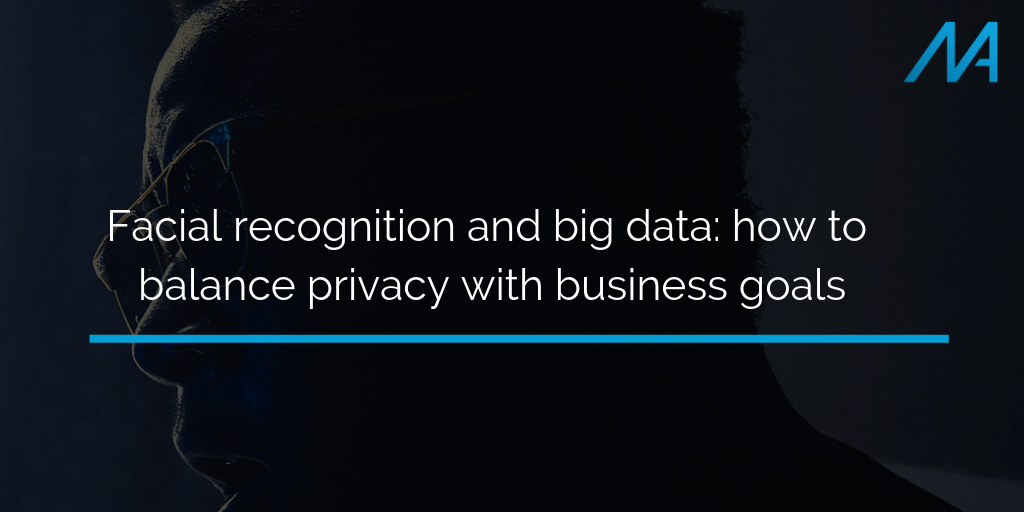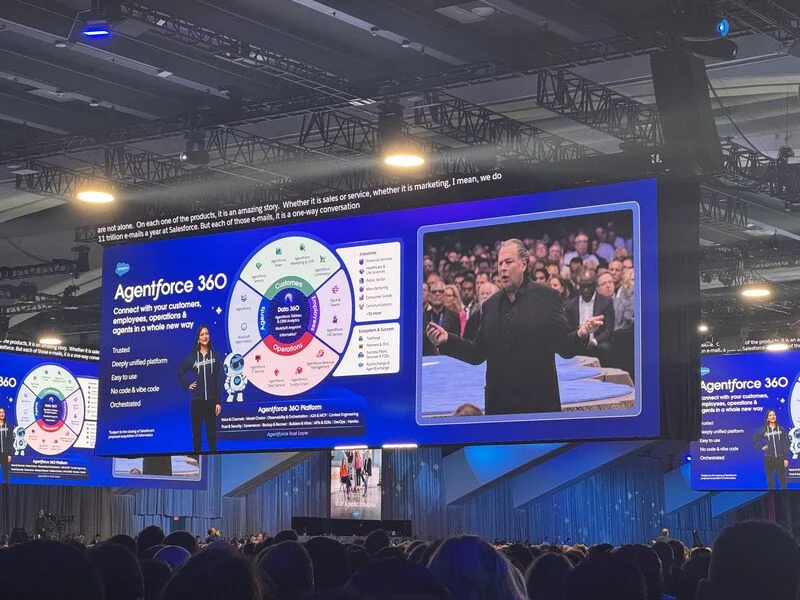Facial recognition and big data: how to balance privacy with business goals
25 Jun, 20185 minsThere’s a privacy war being waged in the background of our day to day lives. Walking d...

There’s a privacy war being waged in the background of our day to day lives. Walking down the street to the nearest café, security cameras are just a part of life – a beady eye to help secure high-street businesses, and occasionally, to assist the police with their investigations.
With the success of the businesses manufacturing these cameras, however, comes significant investment in R&D. What this means is improved image quality, more versatile analytic functions, and even facial recognition.
Furthermore, with this innovation in the security sphere, we’ve begun to see a change within the standard organisation.
Beyond traditional security, cameras can now be used for business benefit. Facial recognition alone opens up a huge range of options for customer tracking in the retail sector, the security of individual businesses, and even possibilities for the marketing function.
The three technologies underpinning this change are:
· Increasingly powerful camera hardware
· Facial recognition software
· Big Data for analytics
Banks are now exploring facial recognition and biometrics as security credentials for bank accounts. Airports are looking to use facial recognition to allow passengers to check in remotely. In the manufacturing sector, we’re seeing the evolution of ‘time cards’, with the location of critical specialists now tracked through this technology.
Facial recognition is a hugely beneficial tool in a number of industries. But what happens with all the information that needs to be collected for this technology to be effective in practice?
The question has to be asked – how can businesses balance the privacy of employees and customers, the security of data being held, and their own goals?
As with many technological innovations, facial recognition has come under fire from privacy watchdogs… although in this case, it would seem this vitriol is warranted.
Underpinning GDPR, the General Data Protection Regulation, one of the key requirements for data held is accuracy. With a 92% false positive on facial recognition systems by police in South Wales, the justification for accurate data is tentative… and that’s being generous. Of 2,470 alerts from the system, 2,297 were false positives. That’s nine in 10 people unjustifiably flagged as “suspicious” or “worthy of arrest”.
Indeed, the UK’s independent CCTV watchdog has recently written to police chiefs – raising concerns about the use of facial recognition in policing. In 2016, the UK’s biometrics commissioner Paul Wiles, advised that the 20m facial images gathered by UK police had “gone far beyond using them for custody purposes”.
Unfortunately, real-life use cases such as this has soured public perception. Any business looking to integrate facial recognition, and by extension, big data analytics, has a real need to make sure it’s done right the first time.
One of the simplest ways to sidestep the major privacy issues with facial recognition technology is anonymising data. Retailers are doing this particularly well. While facial images are indeed recognised, they are not, in fact, stored. This means that stores can measure footfall and dwell times, assessing the success of in-store promotions… all without falling foul of GDPR or the myriad privacy watchdogs.
Balancing big data and privacy is a tightrope walk for businesses. When facial recognition gets thrown into the mix, the debate becomes more volatile.
Until organisations can guarantee the privacy of those they collect data on – from incoming data validation, to data audits and monitoring – the most convenient way of making inroads is to use anonymised data. In effect, this gives the business a business case for integrating big data functionality… just without the risk profile of dealing with personal data.
With leading trials across the UK delivering a 92% failure rate (and yes, that’s what it is), facial recognition still has a long way to go until it’s truly considered effective. Until then, companies are still pushing forward with integration efforts.
In the mean-time, businesses making use of facial recognition systems will see a vastly increased amount of data for processing – it’s their responsibility to make sure privacy and profitability are balanced.



